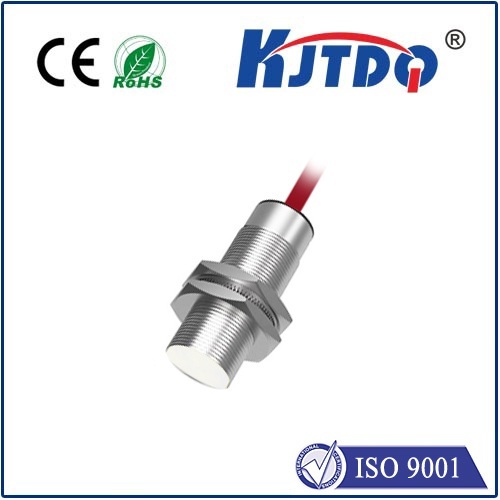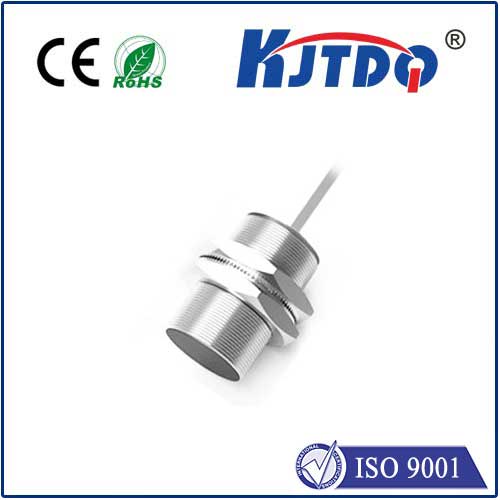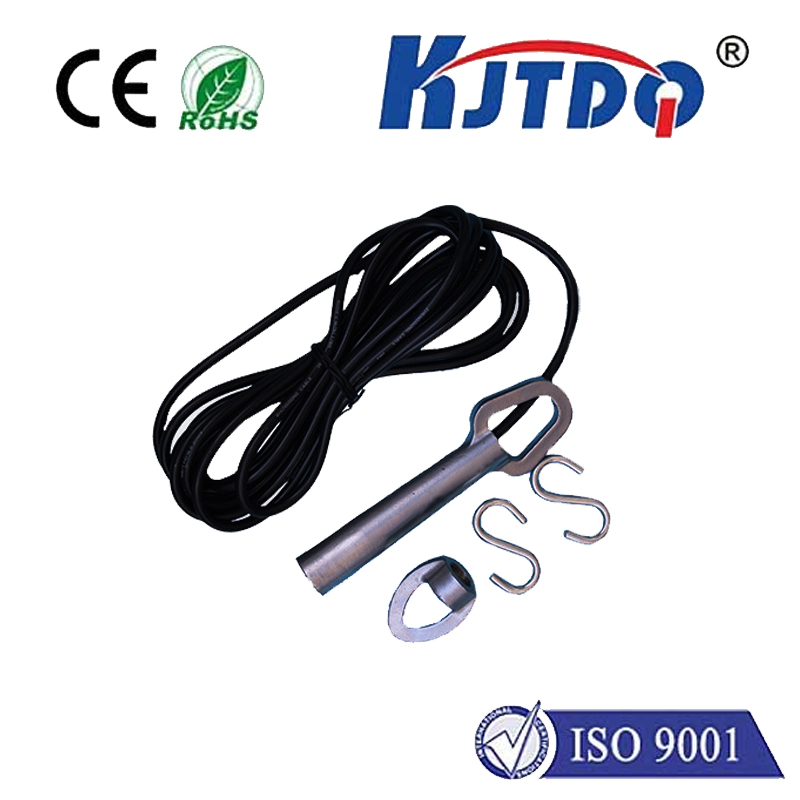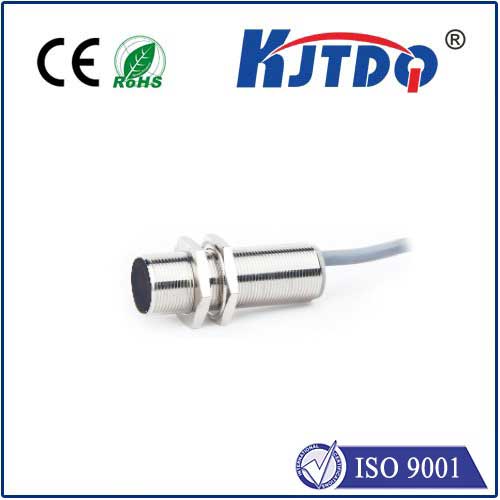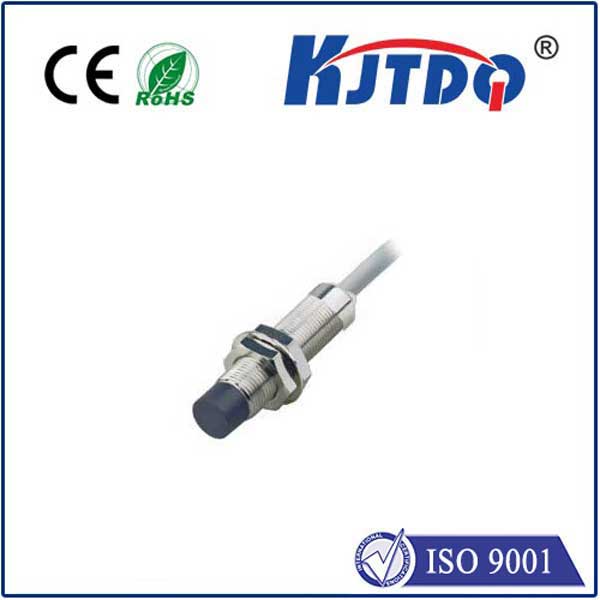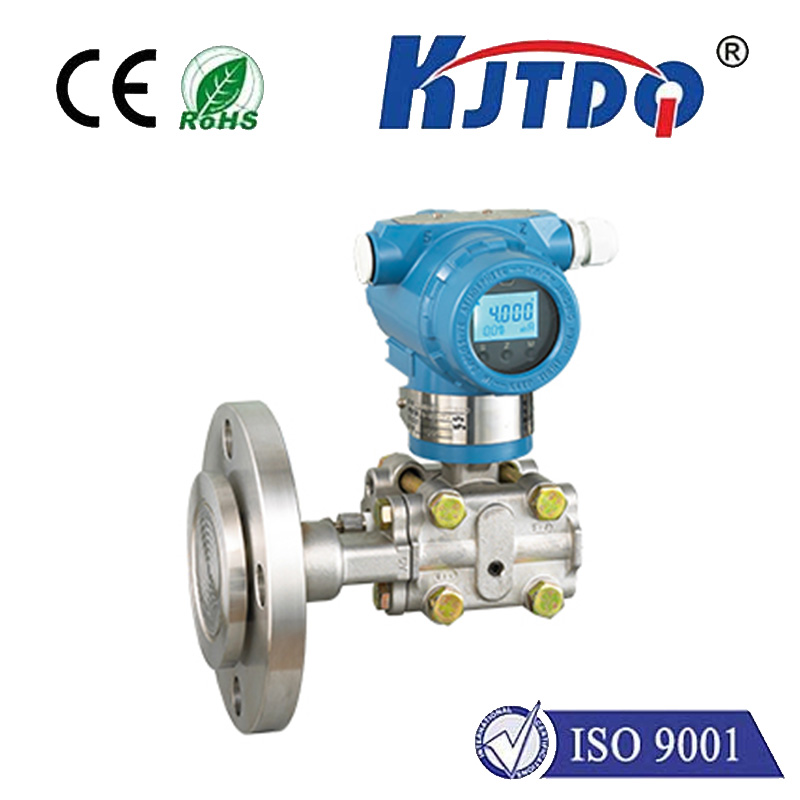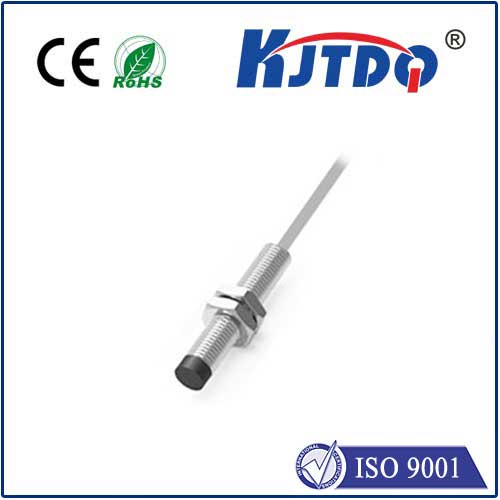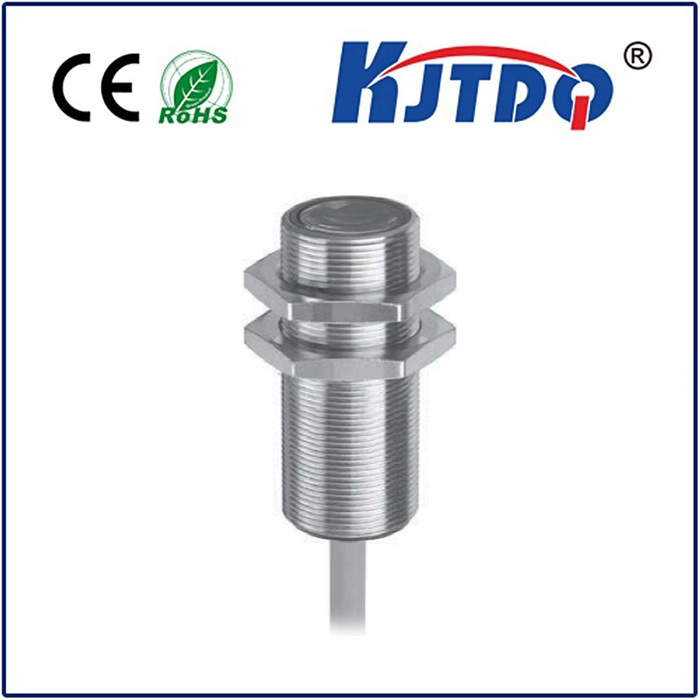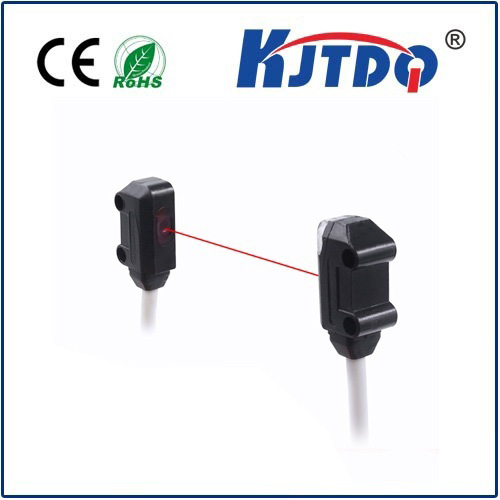high temperature inductive proximity sensor
- time:2025-06-15 00:30:12
- Click:0
High Temperature Inductive Proximity Sensors: Defying Extreme Heat with Precision Detection
Imagine a steel foundry: molten metal flows, furnaces roar at blistering temperatures, and sparks fly. Conventional sensors would wilt within minutes, their circuits fried, their casings warped. Yet, monitoring positions, detecting metal components, or controlling critical processes in this inferno is non-negotiable. This is the domain where high temperature inductive proximity sensors prove indispensable. These specialized workhorses are engineered from the ground up to deliver reliable, non-contact metal detection precisely where extreme heat would cripple standard sensors, making them vital components in demanding industrial landscapes.
Unlike standard inductive sensors designed for ambient factory floors, high temperature models are purpose-built for harsh thermal environments. Standard electronics and materials simply cannot withstand prolonged exposure to temperatures exceeding 100°C (212°F) or even 150°C (302°F) without significant degradation or failure. High-temperature variants, however, thrive where others falter, typically rated for continuous operation at ambient temperatures ranging from 200°C (392°F) to 250°C (482°F), with some designs pushing the envelope even higher.
How Do They Maintain Functionality in the Heat?
The resilience of a high temperature inductive sensor stems from deliberate engineering choices across its entire construction:
- Specialized Housing Materials: Standard plastics like PBT or PA are replaced by high-performance engineering plastics like PPS (Polyphenylene Sulfide) or PEEK (Polyether Ether Ketone), renowned for their exceptional thermal stability, chemical resistance, and mechanical strength at elevated temperatures. Metal housings, often stainless steel, are also common.
- Heat-Resistant Sensing Face: The critical sensor face, directly exposed to radiant heat and potential splash, utilizes highly durable ceramics like alumina or zirconia. These ceramics offer superb thermal insulation, protecting the internal coil and electronics while maintaining the sensor’s ability to detect target metals.
- High-Temperature Coil Wire and Potting: The wire used in the oscillator coil must resist oxidation and maintain its electrical properties. Special high-temperature enamels and winding techniques are employed. Furthermore, the internal cavity is potted with thermally stable, thermally conductive silicones or epoxies to provide mechanical support, electrical insulation, and crucially, to transfer heat away from sensitive components.
- Robust Electronics & Thermal Management: The internal circuitry utilizes components specifically rated for high-temperature operation. Design focuses on minimizing heat generation internally and efficiently dissipating the heat absorbed from the environment. This includes careful component placement and thermal pathways within the housing.
- Advanced Cable Solutions: The connecting cable is arguably the most vulnerable part. High-temperature inductive proximity sensors require cables with specialized insulation (e.g., PTFE - Teflon®, glass fiber braid, silicone rubber) capable of withstanding both the ambient heat and potential flexing or abrasion. Connectors also need corresponding high-temperature ratings. Cable selection is absolutely critical for reliable long-term performance.
The Unwavering Core Principle: Inductive Sensing

Despite the extreme environment, the fundamental operating principle remains the same as any inductive proximity sensor: electromagnetic induction.
- An oscillator generates a high-frequency electromagnetic field emanating from the sensor’s active face.
- When a ferrous (iron-based) or non-ferrous (like aluminum, brass, copper) metal target enters this field, eddy currents are induced within the target.
- These eddy currents absorb energy from the sensor’s oscillating field, causing a measurable change.
- This change (typically a reduction in oscillation amplitude or a frequency shift) is detected by the sensor’s signal conditioning circuitry.
- The circuitry then triggers an output switch (commonly PNP or NPN transistor, or analog output) to signal the target’s presence within the preset switching distance.
The Crucial Factor: *Temperature Drift Compensation*
While the core principle is robust, extreme heat introduces a significant challenge: thermal drift. As materials heat up, their electrical properties change. Resistance increases, magnetic permeability can shift subtly, and physical dimensions alter minutely. Left uncompensated, this can cause the sensor’s effective sensing range to change (drift) as temperatures fluctuate.
Sophisticated high temperature inductive sensors incorporate active temperature compensation technologies. This typically involves:
- Temperature Monitoring: Internal monitoring of the sensor’s core temperature.
- Dynamic Adjustment: Real-time adjustment of the detection circuit’s sensitivity or threshold based on the measured temperature.
- Stabilized Oscillation: Designs that inherently minimize the oscillator’s sensitivity to temperature variations.
This compensation is vital for maintaining consistent and reliable switching points across the sensor’s entire operating temperature range. Without it, sensor performance would be unpredictable in fluctuating heat environments.
Where Are These Rugged Sensors Deployed?
*High temperature inductive proximity sensors are indispensable in industries and applications defined by intense heat:
- Metal Production & Processing: Foundries (mold line detection, core setting, knockout), continuous casting lines (strand position, mold level), rolling mills (coil positioning, strip break detection), heat treatment furnaces (part presence, conveyor tracking), welding lines.
- Die Casting & Metal Forming: Monitoring ejector pins, detecting molds/clamps, verifying molten metal injection, press brake tooling positioning. (High-Temperature Proximity Sensors) withstand the intense radiant heat near molten metal baths.
- Glass Manufacturing: Position sensing in annealing lehrs, mold detection in forming machines, conveyor tracking near hot glass.
- Automotive Manufacturing: Paint drying ovens, e-coat curing lines, exhaust system assembly.
- Rubber & Plastics Processing: Vulcanization presses, extrusion lines, injection molding machines near heated barrels/molds.
- Ceramics & Brick Kilns: Monitoring kiln car positions, detecting fired pieces on conveyors exiting kilns.
- Power Generation: Monitoring components within turbines or boiler systems.
- Food & Beverage (Sterilization): Position detection within retorts or autoclaves.
Key Benefits Beyond Heat Resistance
The value proposition of these specialized inductive proximity sensors extends far beyond just surviving high heat:
- Non-Contact Operation: Eliminates wear and tear, provides long service life.
- High Reliability: Engineered for harsh conditions, minimizing unplanned downtime in critical processes.
- Fast Switching Speeds: Detect targets at high speeds, suitable for fast-moving production lines.
- Resistance to Contaminants: Sealed designs offer high IP ratings (e.g., IP67, IP69K), protecting against dust, water, oil, and chemical splashes often present alongside heat.
- Solid-State Durability: No moving parts to fail under vibration or shock.
Selecting the Right High-Temperature Inductive Sensor
Choosing the correct sensor requires careful consideration:
- Maximum Operating Temperature: Verify the sensor’s rating exceeds your application’s ambient temperature. Consider radiant heat sources nearby.
- Target Material: Ferrous metals generally offer the longest sensing ranges; non-ferrous metals (like aluminum) require shorter ranges. Confirm the sensor’s specified range for your target metal.
- Sensing Distance (Sn): Ensure the rated switching distance meets your mechanical installation requirements.
- Housing Material & Size: Choose based on mechanical constraints, chemical exposure, and required thermal resilience. Barrel-style (M8, M12, M18, M30) is common.
5












